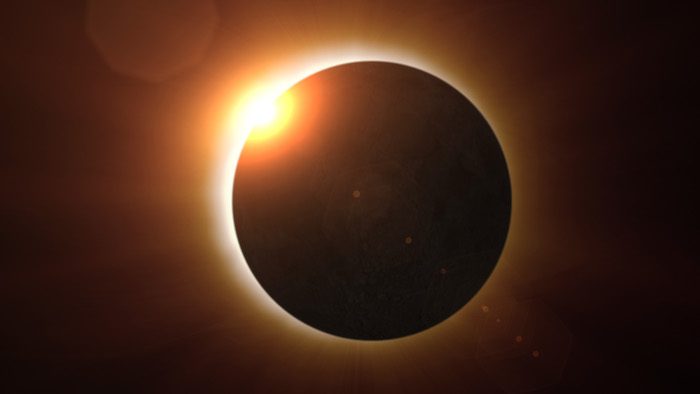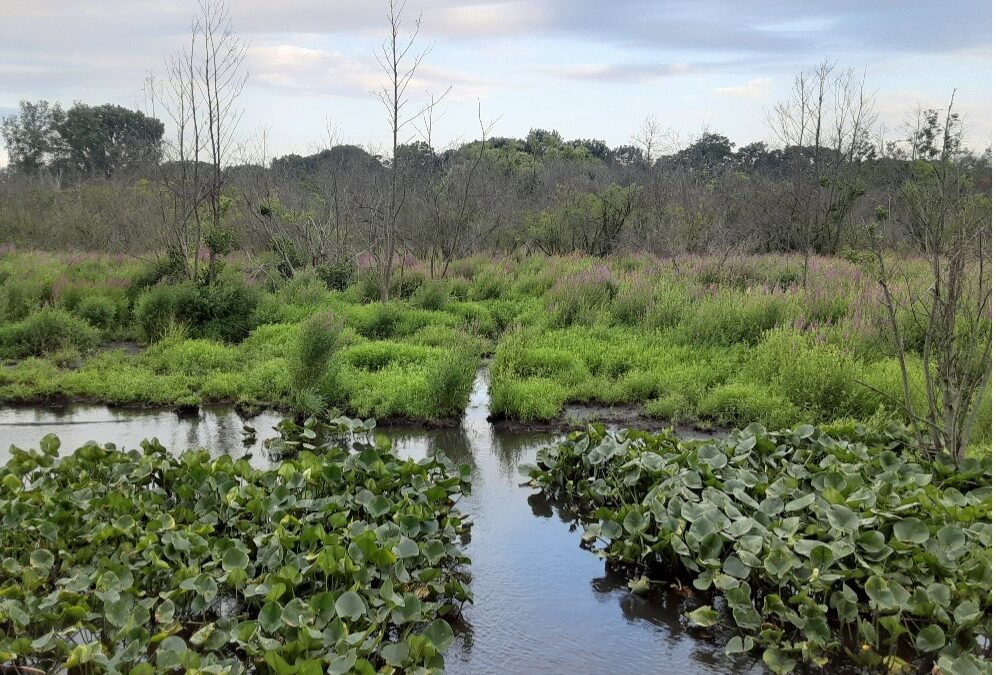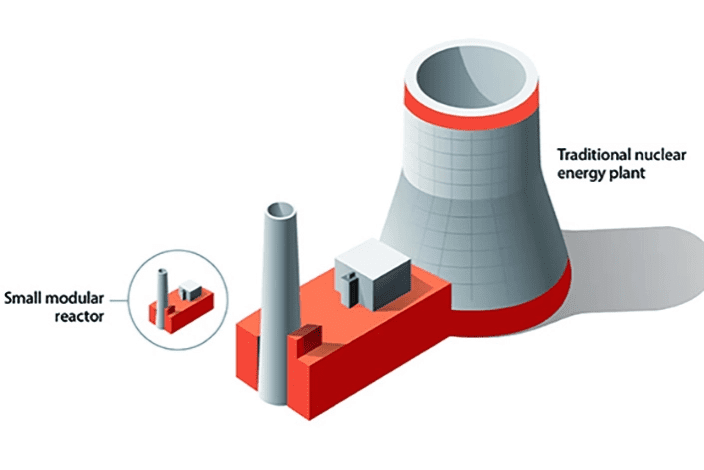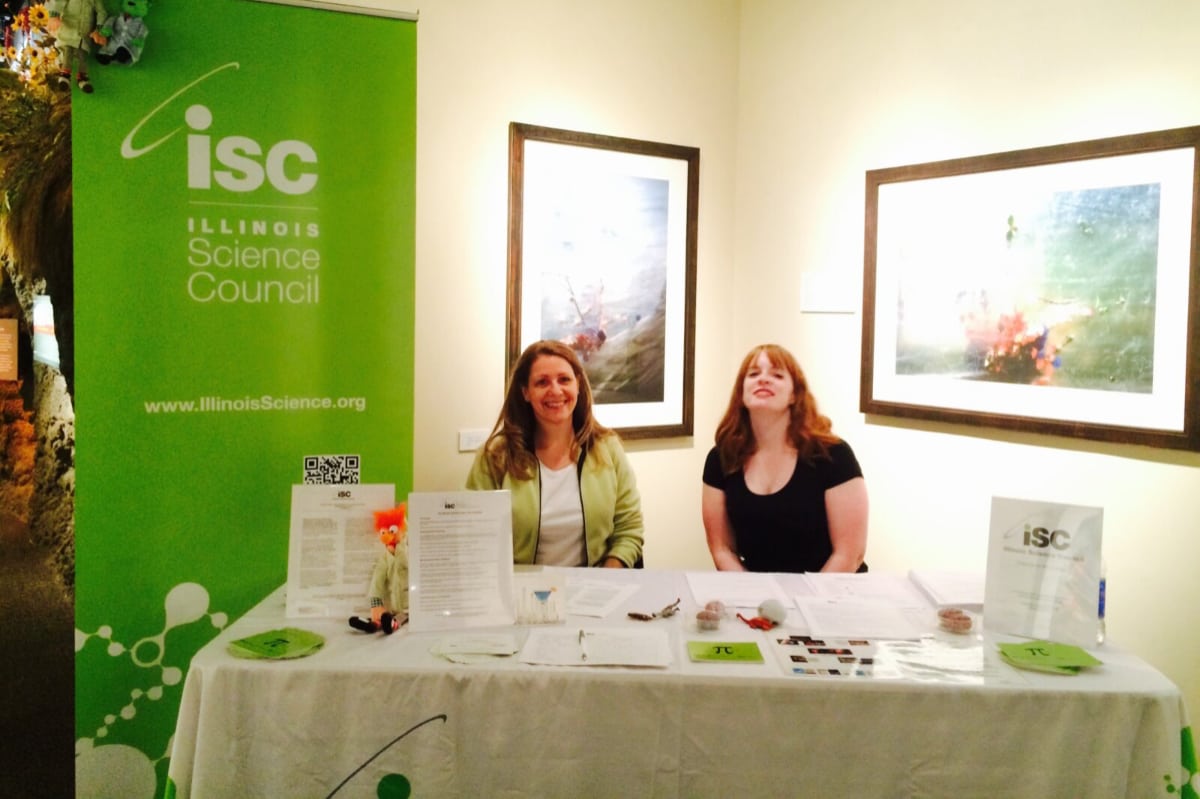COVID-19 is ravaging the world and upending our economy. While politicians scramble to find solutions and everyday people fear for their lives, everyone, whether they know it or not, is looking to one group for answers: the scientific community.
We’re seeing an unprecedented effort among scientists to solve this crisis. They’re working as fast as they can to produce more accurate tests, effective treatments, and a reliable vaccine. But as their accelerated pace has led to some incredible progress, it has also exposed the public to additional risk.
In 2020, we’ve seen academic researchers drop everything they were working on to focus on the virus. Meanwhile, biotech and pharma companies are pushing forward with all the resources they have while federal regulators like the FDA and EPA are proactively reducing the amount of red tape companies have to navigate to put their products to use. It’s incredible to watch the scientific community — from academic scientists to biotech and pharma companies to government regulators — work together on such a broad scale for the sake of a common mission. This collaborative effort has helped us learn a lot about the virus and bring much-needed solutions to the pubic in a very short time frame.
While they still have a long way to go, academic scientists have made a lot of progress in understanding what SARS-CoV-2, the virus that causes COVD-19, looks like and how it works. Just three days after the Chinese government reported the first case of COVID-19 on December 31st, scientists in China sequenced the virus’ genome, and by January 24th, the virus’ genome was online and viewable for any researcher across the world to study. Some researchers continued studying the virus, while pharma companies began developing treatments and vaccines against it. The NIH began the first clinical trial for a COVID-19 treatment on February 25th, and by May, at least 23 companies followed with their own.
Meanwhile, several biotech companies developed diagnostic tests to help us track and trace the virus. These tests became available so quickly thanks to the FDA’s Emergency Use Authorization pathway, which allows unapproved medical products to be used in emergencies. Tests that would normally take months to years for the FDA to approve are now being used on patients after only a few weeks of paperwork.
The unprecedented scientific effort combined with so much support from the FDA means we might see a SARS-CoV-2 vaccine get developed faster than any other vaccine in history. Over sixty companies are now working on vaccines — one company developed a viable vaccine candidate only 42 days after the virus was sequenced. In comparison (with some fits and starts) it took decades to develop a polio vaccine.
But when research progresses this fast, it means scientists and regulators are bending the rules. Academic scientists, who are the ones discovering how the virus and the illness work, for instance, are largely skirting the standard process for vetting and publishing their data.
Normally, after spending months to years on a research project, scientists write up their work in a manuscript and submit it to a scientific journal. Then, if the editors think the paper has potential, they send it to a group of the scientists’ peers to review the work and send back revisions. This is called “peer-review.” To ensure the finding reported in the manuscript isn’t just a fluke, the reviewers might ask the researchers to test more samples, or they might ask them to run more experiments. It can take months to satisfy the reviewer.
Eventually, the researchers submit their revisions and then another few weeks pass, and finally, if everything looks right, their manuscript gets accepted and goes online a few weeks later. All in all, if researchers abide by the traditional peer review process, it could take months to years for their data to make it online for all to see. But in times of crisis, this process is too slow.
Rather than waiting for peer review, COVID-19 researchers are largely publishing their unreviewed manuscripts online themselves, in databases like medRxiv and bioRxiv, more than they normally would. What’s the problem, with streamlining science, you ask? Typically, scientific data isn’t considered valid until it is peer-reviewed, and data that hasn’t been reviewed can’t always be trusted.
We’ve already seen the effects of skipping peer review during the COVID crisis. Earlier this year, for example, researchers in China published an announcement stating that they found a link between the virus and an endangered animal called a pangolin. But this announcement wasn’t peer-reviewed; it was a public relations announcement and not a scientific article. Eager to find someone or something to blame, however, the public accepted the announcement as fact. But there is still no definitive evidence that explains how the virus first made the jump from animals to humans. And without that, we cannot squarely blame the poor pangolin, the most trafficked mammal in the world.
The peer review process itself has not been immune to the urgency of the COVID crisis. In the summer of 2020, the FDA gave emergency use authorization to hydroxychloroquine based on peer-reviewed data published in The Lancet. But it turned out that the company that published the paper lied about the data they collected. The Lancet retracted the study and the FDA later rescinded their approval because of safety and efficacy concerns.
As for how the Lancet paper got through peer review, ABC medical expert Dr. Norman Swan speculated, “You co-opt people who are busy but have a good reputation, and you put their names on the paper that beguiled the reviewers, saying, ‘Oh, well, if that person’s put on, it must be OK.’ And I suspect that’s how this has slipped through in a busy environment where people are rushing COVID-19 papers to press.”
Hydroxychloroquine was not the only potential COVID-19 treatment that the FDA rushed to approve without seeing definitive proof that it works. The FDA recently authorized convalescent plasma to treat Covid-19 patients despite the fact that there’s no data demonstrating its effectiveness in treating the condition.
Fortunately for our safety, nine vaccine developers have pledged to not cut corners in their pursuit of a vaccine, noting that the safety and effectiveness of a vaccine should take precedence over speed.
Vaccine research, in particular, takes a long time to do right, mostly because it’s really hard to prove that a vaccine works. Unlike most drugs, which actively treat an illness, an effective vaccine keeps healthy people from getting sick in the first place. Therefore, to prove that a vaccine works, doctors have to give it to a large group of susceptible but healthy individuals, and then track these people for years to see if they ever get sick from the virus. Meanwhile, they compare these people to a group of individuals who didn’t get the vaccine. If a smaller proportion of vaccine recipients get sick than members of the control group, and the vaccine candidate doesn’t hurt anybody, then the FDA will approve it.
Unfortunately, the nine-or-so months that biopharmaceutical companies have been developing SARS-CoV-2 vaccines is not enough time to ensure that they’ll be effective.
Scientists and regulators want to give the world accurate diagnostics, effective treatments, and a strong vaccine that will let us return to a normal life. But they can’t rush, because as we’ve seen already this year, when scientists rush, things slip through the cracks, exposing people to potential harm.
For science to be reliable, we have to let it run its course: data collected in the lab must undergo a thorough peer-review process, biopharmaceutical companies and biotech companies must take their time to fully vet their products, the FDA must do its due diligence to make sure they have all the data they need to make informed decisions.
Sure, scientists have major issues to solve, such as curing cancer and discovering the mysteries of the universe, but most of the time, scientific research progresses at a slow and steady pace and new discoveries get made when they’re ready. This is the best way to guarantee that their findings will be accurate. So, when something like a pandemic hits and the word depends on scientific research to mitigate an immediate threat to our way of life, it’s not surprising that the system becomes less efficient and starts producing bad information.
Don’t take this article as a statement against scientific research. Sure, the peer-review process is slow, exhausting, and frustrating for researchers, and sometimes bad research slips through and gets published. And yes, clinical trials are expensive and can drag on for over a decade, but the systems we have in place are the best we’ve got right now.
We’re all under a lot of stress right now, and scientists and regulators are not immune. We need to give scientists a chance to get this right, or else we could potentially end up with an even worse crisis on our hands. Meanwhile, we have to take it upon ourselves to know what information to trust. Click here to learn how you can make sure the information you’re reading about in the news is true.
-
Ben Marcus is a public relations specialist at CG Life and a co-editor-in-chief of Science Unsealed. He received his Ph.D. in neuroscience from the University of Chicago.
View all posts





